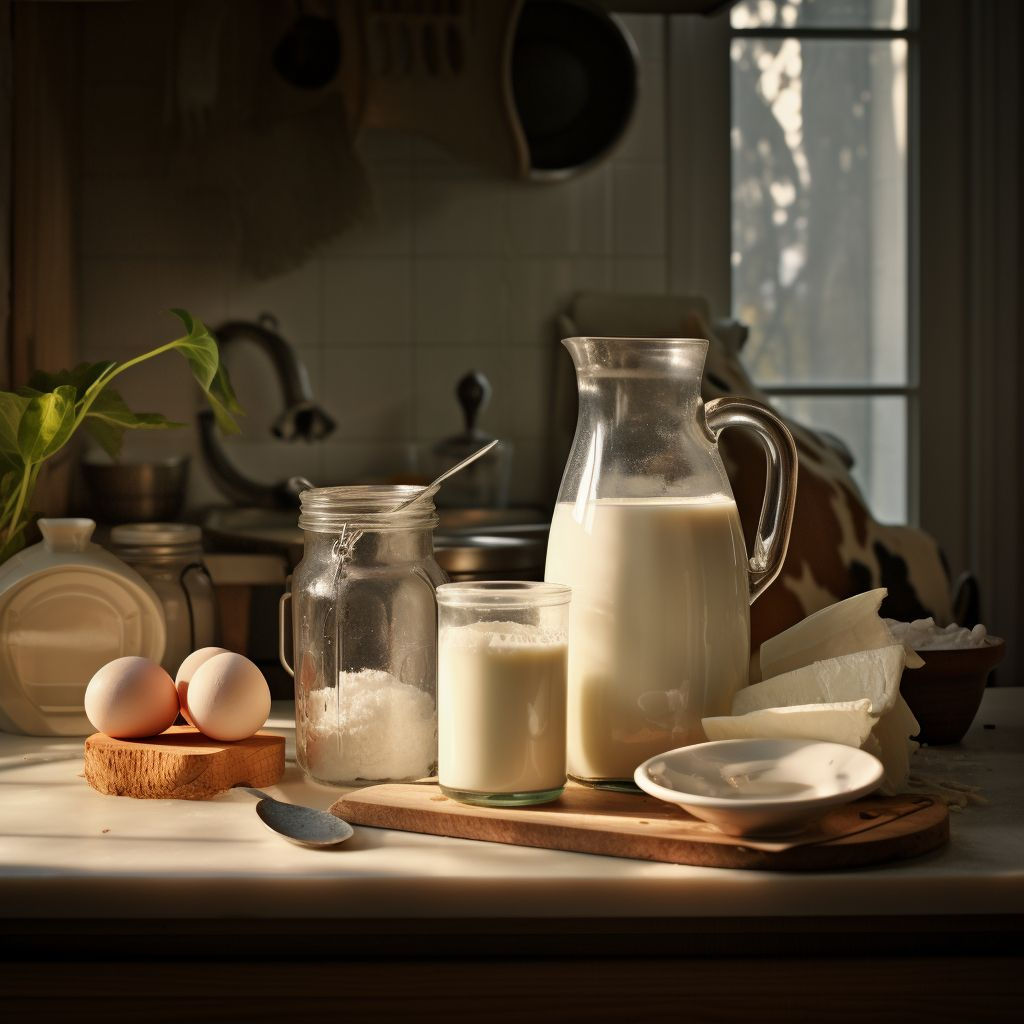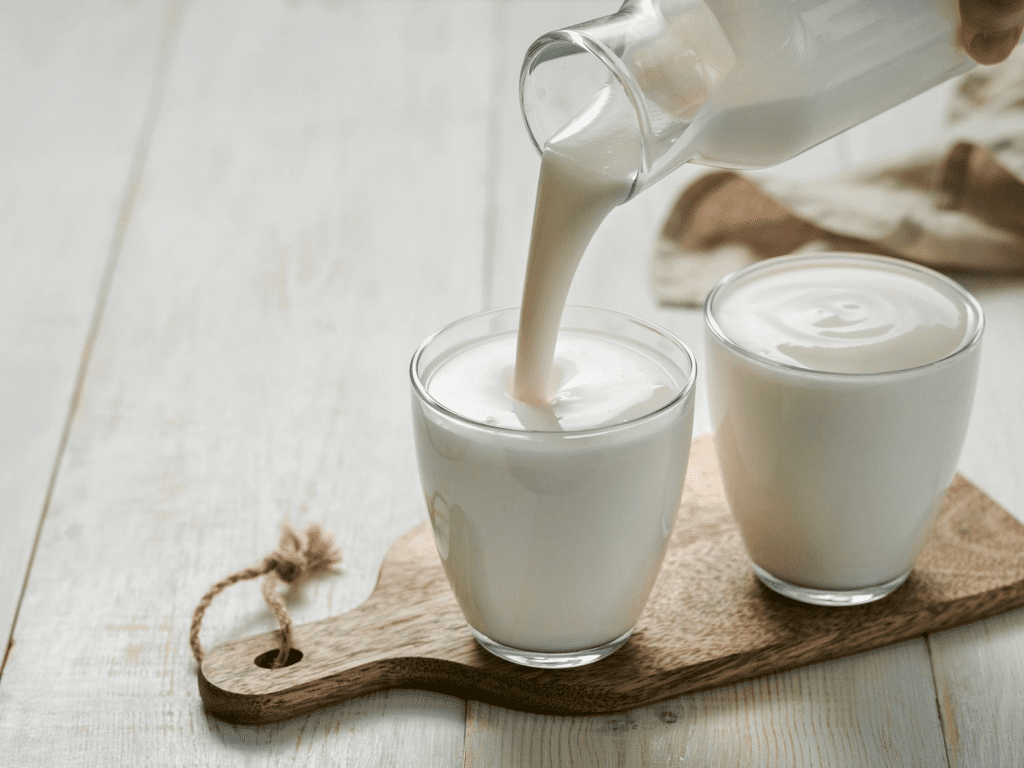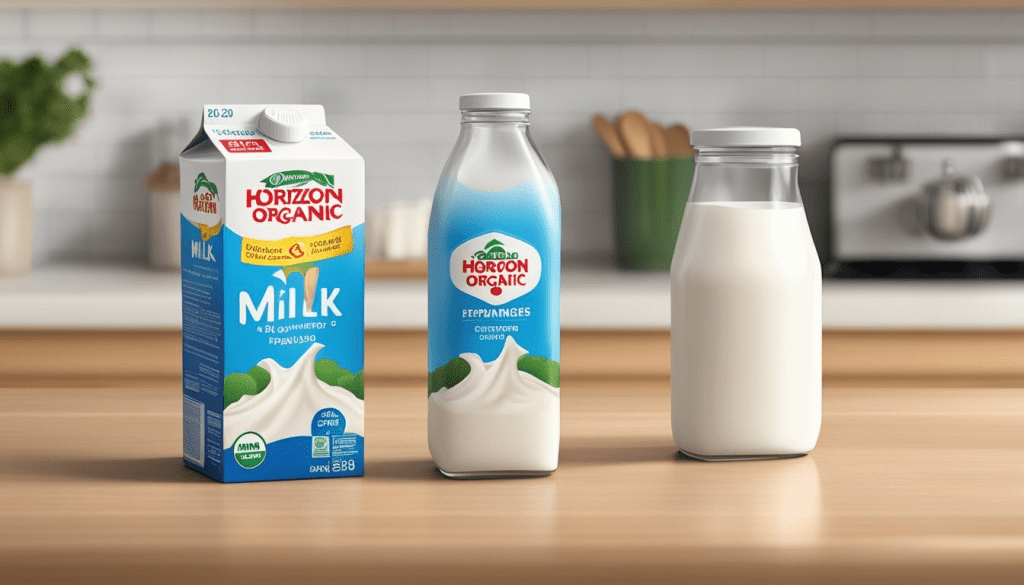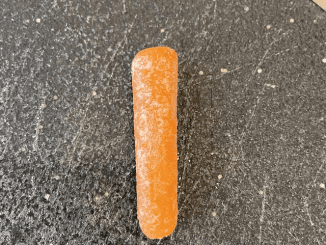Milk is one of the most common staples in households, but figuring out how long it stays fresh can be confusing. That’s largely due to the different labels you find on milk cartons: “Sell By,” “Use By,” and “Expiration.” Each of these dates serves a specific purpose, but they don’t all mean the same thing. So, how long does milk last, and what do these labels really tell us? In this article, we’ll explore the differences and provide tips on how to keep your milk fresh for as long as possible.

The Role of Date Labels on Milk
Milk cartons display date labels to help both retailers and consumers manage freshness. But the meanings of these labels vary, which can lead to misunderstandings. Let’s break down the main types of date labels found on milk containers.
What Does the “Sell By” Date Mean?
The “Sell By” date is primarily intended for store management, helping retailers keep track of inventory and ensure that products are sold while still fresh. Here’s what you need to know about this label:
- Purpose of the Label: The “Sell By” date tells stores when they should remove the milk from their shelves. It’s not necessarily about safety but about quality.
- How Long Milk Lasts After “Sell By”: Milk can often remain safe to drink for about one week after the “Sell By” date, provided it’s stored correctly.
- Storage Tips:
- Keep milk refrigerated immediately after purchase, ideally at or below 40°F (4°C).
- Store milk in the back of the fridge where temperatures are more stable.
- Avoid storing milk on the fridge door, where it’s more exposed to warm air when opened.
- Don’t leave milk out at room temperature for more than two hours.
The “Sell By” date helps ensure you buy milk that is still fresh, but it doesn’t mean it will spoil the next day. As long as it’s been stored properly, your milk should last a bit longer.
Understanding the “Use By” Date
The “Use By” date is meant to guide consumers on when the milk will be at its best quality, according to the manufacturer’s estimation. Here’s how this date affects your consumption:
- What the Label Indicates: It’s a recommendation for when the milk will be at its peak taste and quality. It’s not a strict safety guideline, except for infant formula, where it’s critical.
- Milk Safety After “Use By”: Milk can sometimes be safe to drink a few days after the “Use By” date, but its freshness might be compromised.
- Sniff Test: Always perform a smell check before consuming milk past this date. If it has a sour odor or taste, discard it, regardless of the printed date.
The “Use By” date helps you enjoy milk when it’s freshest, but it’s not a hard stop. With proper storage, you might still have a day or two before spoilage begins.
What Does the “Expiration” Date Mean?
The “Expiration” date, often labeled as “Exp,” is the most definitive of the three. It suggests when the milk should no longer be consumed due to potential spoilage.
- Purpose of the Label: The “Expiration” date is meant to indicate the last day the milk is expected to be safe for consumption.
- Milk After the “Expiration” Date: Consuming milk past this date is not recommended, as it could pose health risks due to spoilage.
- Signs of Spoilage: If milk shows signs of curdling, clumping, or has an unpleasant odor before the expiration date, discard it immediately.
- Impact of Improper Storage: Milk exposed to warm temperatures or left out too long can spoil faster, even before the expiration date.

This label provides the clearest guidance on milk safety, so it’s important to follow it to avoid consuming spoiled milk.
How to Extend Milk’s Shelf Life
While the labels provide general guidance, you can take steps to extend milk’s longevity. Here are some useful tips:
Choose Ultra-Pasteurized or UHT Milk
- Ultra-Pasteurized Milk: This type of milk is heated to a higher temperature than regular milk, which kills more bacteria and extends shelf life to 2-3 months if unopened.
- Once opened, it should be consumed within 7-10 days and kept refrigerated.
- UHT (Ultra-High Temperature) Milk: UHT milk can last up to six months when unopened and does not require refrigeration until opened.
- After opening, treat UHT milk like regular milk—consume it within 7-10 days.
These options are ideal if you want milk to last longer, especially for those who use milk less frequently.
Follow Proper Storage Practices
To maximize the freshness of milk, adhere to these best storage practices:
- Keep Milk Cold: Refrigerate milk immediately after purchasing and try to maintain a constant temperature of 40°F (4°C) or lower.
- Seal It Tight: Always close the milk container tightly to prevent contamination and slow down spoilage.
- Minimize Exposure to Light: Light can degrade the quality of milk, so keep it in opaque containers or store it in the fridge’s darker areas.
Proper storage can extend the life of your milk beyond the dates printed on the label, helping reduce waste and keep your milk fresher for longer.

Why Milk Spoils and How to Detect It
Milk spoilage is caused by the growth of bacteria, which occurs faster when milk is exposed to warm temperatures or light. Here’s how to tell if your milk has gone bad:
- Sour Smell: If your milk smells sour or unpleasant, it’s likely spoiled.
- Curdling or Clumping: If the milk appears to have lumps or has separated, discard it immediately.
- Taste Test: If you’re unsure, take a small sip. If it tastes off, don’t consume it.
By recognizing these signs, you can ensure you’re drinking safe milk and avoid potential health risks.
Conclusion: Milk Freshness Decoded
Understanding the “Sell By,” “Use By,” and “Expiration” dates on milk can help you better manage its freshness and safety. While these labels are useful guidelines, they aren’t definitive. Proper storage is the key to extending milk’s shelf life, and using your senses—smell, sight, and taste—can provide the best assurance of milk quality.
By practicing good storage habits and knowing what each date label truly means, you can enjoy your milk safely and avoid unnecessary waste. Now, go ahead and pour yourself a glass—just make sure it’s still fresh!


